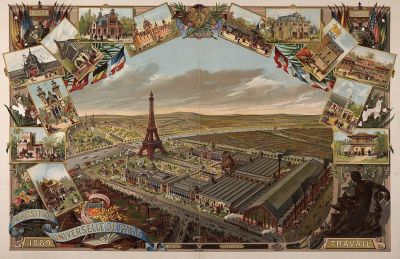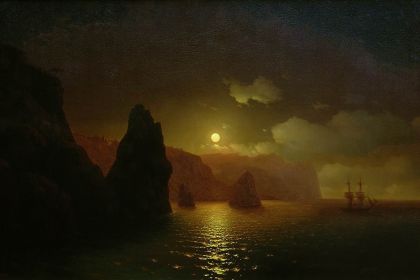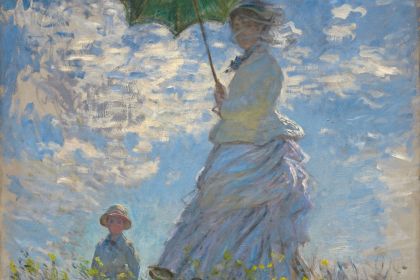PIANO
Estampes: the world cultures of Debussy's imagination

Exposition Universelle de Paris
Estampes, conceived as a three-piece piano suite by the French Impressionist Claude Debussy, is rightfully recognized as one of the most influential works of the early 20th century. It introduced a new delicate piano technique that contrasted sharply with the complex virtuoso works that characterized the decline of the Romantic era.
The first two pieces of the suite were meant to represent the musical cultures of Indonesia and Spain, the two countries that Debussy wished to visit but was unable to as he lacked the funds to travel. In his correspondence with colleague André Messager, Debussy ironically lamented that he made up for lack of travel money with his imagination.
Pagodes—the first piece of the suite—was inspired by an outstanding performance of the Indonesian gamelan orchestra which Debussy first heard at the 1889 Paris World Conference Exhibition. In Pagodes, the melodic lines vary the pentatonic scales that form the basis of Chinese and Indonesian musical traditions, while the percussive nature of the gamelan orchestra is conveyed by sharp staccato piano chords.
Listen to Debussy's Pagodes performed by Sviatoslav Richter:
The second piece, entitled La soirée dans Grenade or Evening in Granada, is filled with extraordinary melodies based on Arabic scales and superimposed on the traditional Spanish habanera rhythm. This choice is a clear expression of the then tendency in the French art scene to depict its own version of the cultures of neighboring countries. Curiously, the distinguished guitar composer Manuel de Falla described the piece as: "There is not even one measure of this music borrowed from the Spanish folklore, and yet the entire composition in its most minute details, conveys admirably Spain."
Listen to Debussy's Soirée dans Grenade performed by Sviatoslav Richter:
In Jardins sous la pluie, the final piece of the suite, Debussy turns to the culture of his native country by arranging two famous French folk melodies Nous n'irons plus aux bois and Dodo, l'enfant do. It is believed that Debussy was inspired by an extremely violent rainstorm that unleashed itself on the garden in the Normandy town of Orbec which is evident from the name of the piece—Jardins sous la pluie meaning Gardens in the Rain.
Listen to Debussy's Jardins sous la pluie performed by Sviatoslav Richter:
At its 1904 Paris premiere, the work was performed by the skilled pianist Ricardo Viñes who specialized in the music of the French Impressionists and was a member of the creative group Les Apaches consisting of about twenty musicians, writers, and avant-garde artists. Reportedly, the audience's response was so overwhelming at the premiere of Estampes that Viñes had to do an encore of the third piece.










